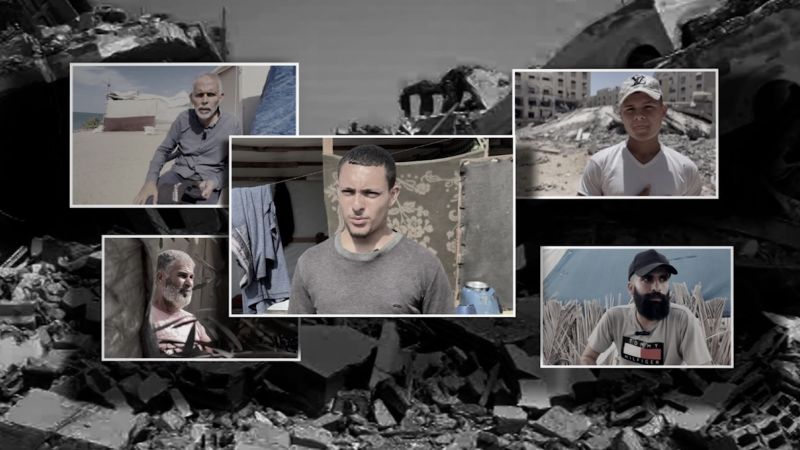In the midst of the complex and controversial conflict in the Middle East, harrowing stories are emerging about the Israeli military using Palestinians as human shields in Gaza. These allegations, coming from both former Israeli soldiers and Palestinian detainees, shed light on one of the heartrending aspects of this protracted conflict.
As gathered from multiple eyewitness accounts by former Israeli soldiers and Palestinian detainees, such acts have tainted the image of the Israeli military. These testimonials consistently highlighted instances where Palestinians were used as buffers during military operations. The act, which involves forcibly placing non-combatants between the forces and the opposite side, is a blatant violation of international human rights laws that prohibit the use of civilians as shields during warfare.
Soldiers’ testimonies, published by various sources, have revealed instances of such acts. One former soldier, speaking under the condition of anonymity, detailed how his unit would often force detained Palestinians to enter potentially dangerous buildings first during a search operation. In doing so, they would expose them to potential threats, thereby mitigating risks to the soldiers. This former soldier’s account was echoed by others, suggesting a pattern rather than isolated incidents.
In addition to the testimonies of former soldiers, Palestinians who had been detained during Israeli military operations also corroborated these claims. They recounted harrowing tales of being used as shields while the Israeli military raided neighborhoods in Gaza, affirming the disturbing allegations. The detailed descriptions and the consistency across the testimonies served as distressing factual echoes of the alleged actions.
International human rights organizations have expressed grave concern over these reports. The use of human shields in warfare constitutes a war crime under the Geneva Conventions. It represents a direct violation of numerous international statutes that guarantee civilians’ rights to protection during armed conflict. Despite these clear guidelines, the testimonies suggest that such acts are taking place with an alarming regularity in Gaza.
Sorted amid these disturbing accounts are also the complicated political realities of the Israeli-Palestinian conflict. The allegations of the Israeli military using Palestinians as human shields have added another layer of controversy to this enduring discord. The Israeli-Palestinian crisis is tangled with religious, political, and territorial disputes that date back to the mid-20th century, and these recent allegations of human rights violations further complicate the resolution of this conflict.
It is critical to note that these allegations against the Israeli military represent one facet of the broader Israeli-Palestinian conflict. The situation in the Middle East is undeniably complex, characterized by a perpetual cycle of aggression and retaliation, with atrocities reportedly committed on both sides. However, the focus of this article remains solely on the allegations of the Israeli military’s use of Palestinians as human shields in Gaza.
The use of human shields, if proven true, stands as a stark reminder of the grave human rights violations committed in this conflict. As testimonies from former Israeli soldiers and Palestinian detainees continue to surface, the international community is impelled to take immediate and decisive action to protect the rights of non-combatants and bring an end to these purported atrocities.
In the end, these allegations of the Israeli military using Palestinians as human shields throw a spotlight on the dire need for resolution in the Israeli-Palestinian conflict. The testimonies provide a distressing glimpse into a continuous struggle where human beings become pawns in a larger, seemingly endless game of power. As the world grapples with these allegations, nations must seek ways to ensure that human rights are respected and protected in every corner of the world, regardless of political, religious, or cultural differences.




